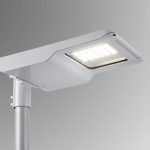Calculating Power Consumption: How Many Amps Does a 150 Watt LED Light Use?
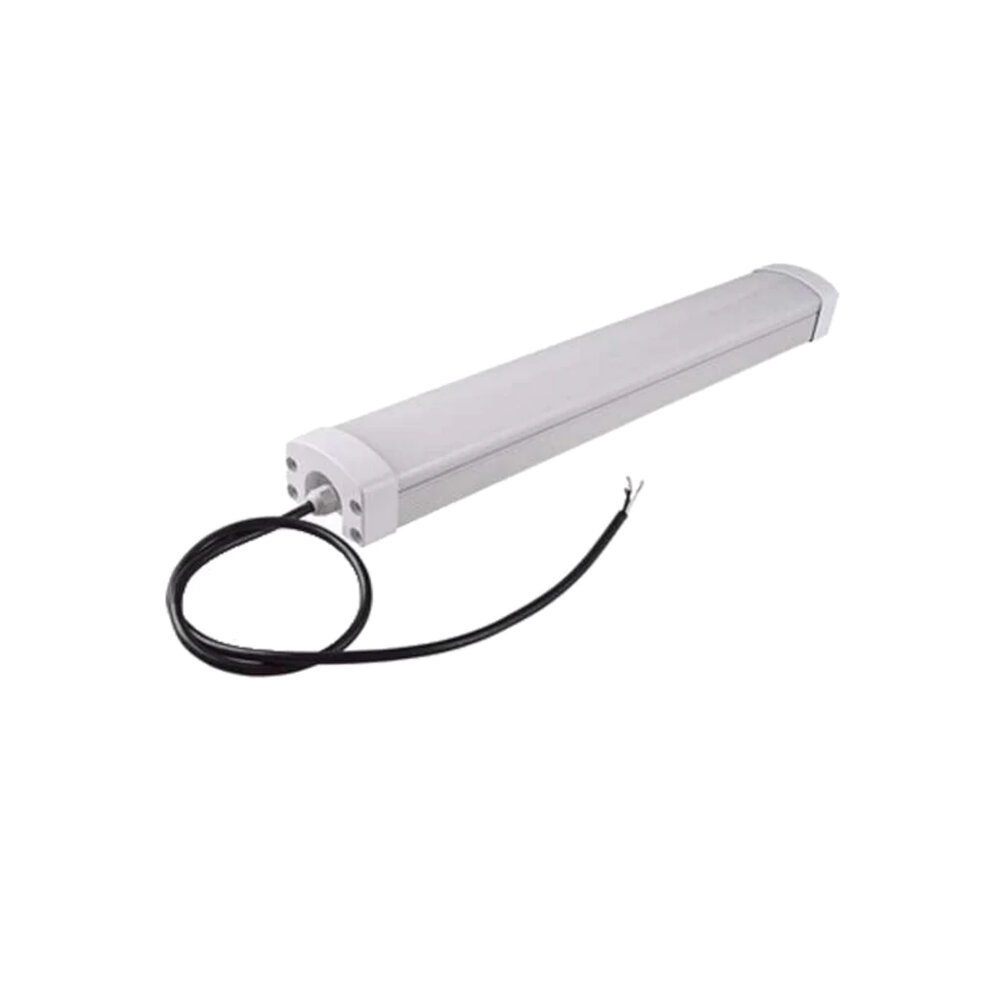
Calculating power consumption is an important aspect of managing energy usage and reducing electricity bills. One of the most common questions people ask is how many amps a particular device or appliance uses. In this article, we will explore the power consumption of a 150 watt LED light and calculate how many amps it uses. LED lights have become increasingly popular due to their energy efficiency and long lifespan. They use significantly less energy than traditional incandescent bulbs, which means lower electricity bills and a reduced carbon footprint. However, it is important to understand the power consumption of LED lights in order to make informed decisions about energy usage. By calculating the amperage of a 150 watt LED light, we can determine how much power it uses and make adjustments to our energy consumption accordingly.
Power consumption refers to the amount of energy used by an electrical device or appliance. It is measured in watts and represents the rate at which energy is consumed over time. Amps, on the other hand, refer to the current flow in an electrical circuit. It is measured in amperes and represents the amount of electrical charge passing through a conductor in a unit of time. Understanding power consumption and amps is essential in calculating the energy usage of appliances and devices, as well as ensuring that the electrical circuit can handle the load. By knowing the power consumption and amps of a device, one can determine the appropriate circuit breaker or fuse to use, as well as estimate the cost of energy consumption.
Understanding power consumption is crucial for both electrical safety and energy efficiency. By knowing how much power a device or appliance uses, one can ensure that they do not overload electrical circuits, which can lead to electric shock, fires, and other hazards. Additionally, understanding power consumption can help individuals make informed decisions about their energy use, leading to more efficient and cost-effective energy consumption. This is particularly important as energy prices continue to rise and concerns about environmental sustainability become more pressing. Thus, taking the time to calculate and monitor power consumption can ultimately help promote both safety and sustainability, making it an essential practice for anyone working with or using electrical devices.
What is a 150 Watt LED Light?
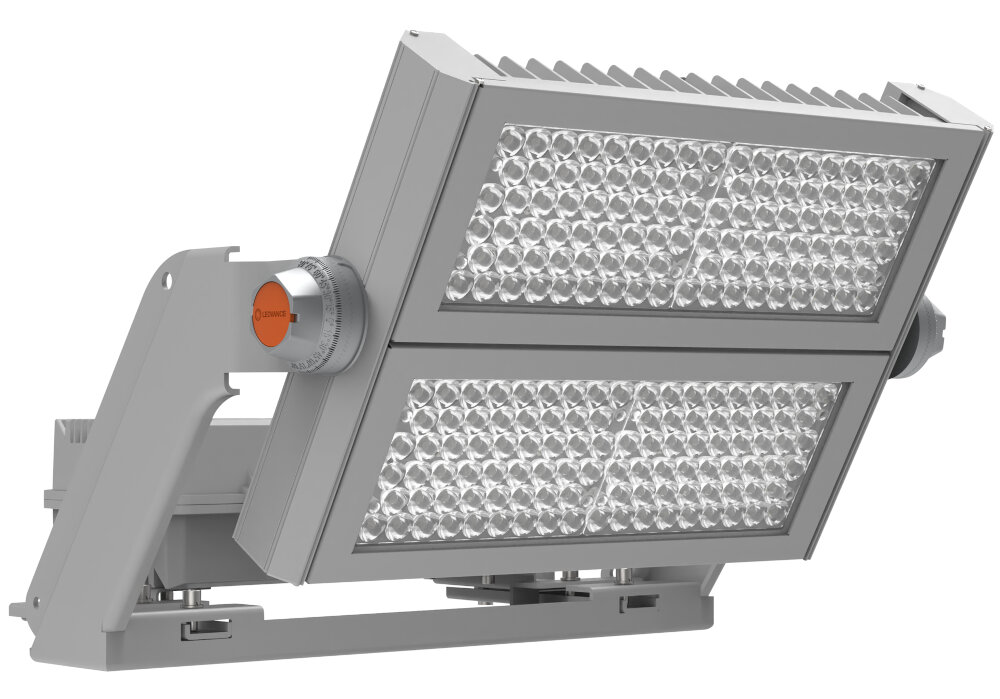
A 150 Watt LED light is an energy-efficient lighting option that can provide bright illumination while consuming a relatively low amount of power. It is a type of light-emitting diode (LED) that is designed to produce a high level of light output using a minimal amount of electricity. This type of LED light can be used for a variety of applications, including indoor and outdoor lighting, automotive lighting, and industrial lighting. With its low power consumption, a 150 Watt LED light can help reduce energy costs and contribute to a more sustainable environment. Its long lifespan also means that it requires less maintenance and replacement than traditional lighting sources. To calculate the power consumption of a 150 Watt LED light, you need to determine the amount of current it uses. This can be calculated by dividing the wattage of the LED light by the voltage supplied to it. For example, if the voltage supplied to the LED light is 120 volts, the current it uses would be 1.25 amps. This information can be useful when determining the power requirements for a circuit or electrical system. It can also help you choose the right LED light for your needs based on its power consumption and the amount of light it produces. Overall, a 150 Watt LED light is an efficient, cost-effective, and environmentally friendly lighting option that can provide bright, long-lasting illumination in a variety of settings.
LED (Light Emitting Diode) technology is a form of lighting that has gained immense popularity and recognition over the years. LEDs are tiny, energy-efficient light sources that emit light when electrons move through a semiconductor material. One of the primary advantages of LED technology over traditional lighting is its energy efficiency, as it consumes a fraction of the power that incandescent bulbs use. Additionally, LED lights have a longer lifespan than traditional lighting, making them a more cost-effective and eco-friendly choice. LEDs are also known for producing brighter, more vibrant light, making them ideal for a variety of applications ranging from residential lighting to commercial and industrial use. Overall, LED technology offers a range of benefits that make it an excellent choice for those looking for efficient, cost-effective and high-quality lighting solutions.
When compared with traditional lighting options such as incandescent bulbs, halogen lamps or compact fluorescent lights (CFLs), LED lights offer a range of advantages. Firstly, LED lights are significantly more energy-efficient and consume less power than traditional bulbs, resulting in lower electricity bills and reduced carbon emissions. They also have a longer lifespan, meaning fewer replacements are required, leading to lower maintenance costs. Additionally, LED lights emit less heat, making them a safer option and reducing the risk of fire hazards. Overall, LED lights are a more sustainable, cost-effective and safer alternative to traditional lighting options.
Calculating the power consumption of LED lights is crucial to determine their energy efficiency and cost-effectiveness. Power consumption is the amount of electricity consumed by an electrical device or appliance, expressed in watts. In the case of LED lights, power consumption is calculated by multiplying the voltage (V) and the current (I) drawn by the LED. The formula for power consumption is P = VI, where P is power in watts, V is voltage in volts, and I is current in amperes. However, for a more accurate calculation, it is essential to consider the power factor, which is the ratio of real power to apparent power. Real power is the actual power consumed by the LED, while apparent power is the total power drawn from the source. By taking into account the power factor, it is possible to determine the actual power consumption of the LED and avoid overestimating its energy efficiency.
Calculating Amps for a 150 Watt LED Light
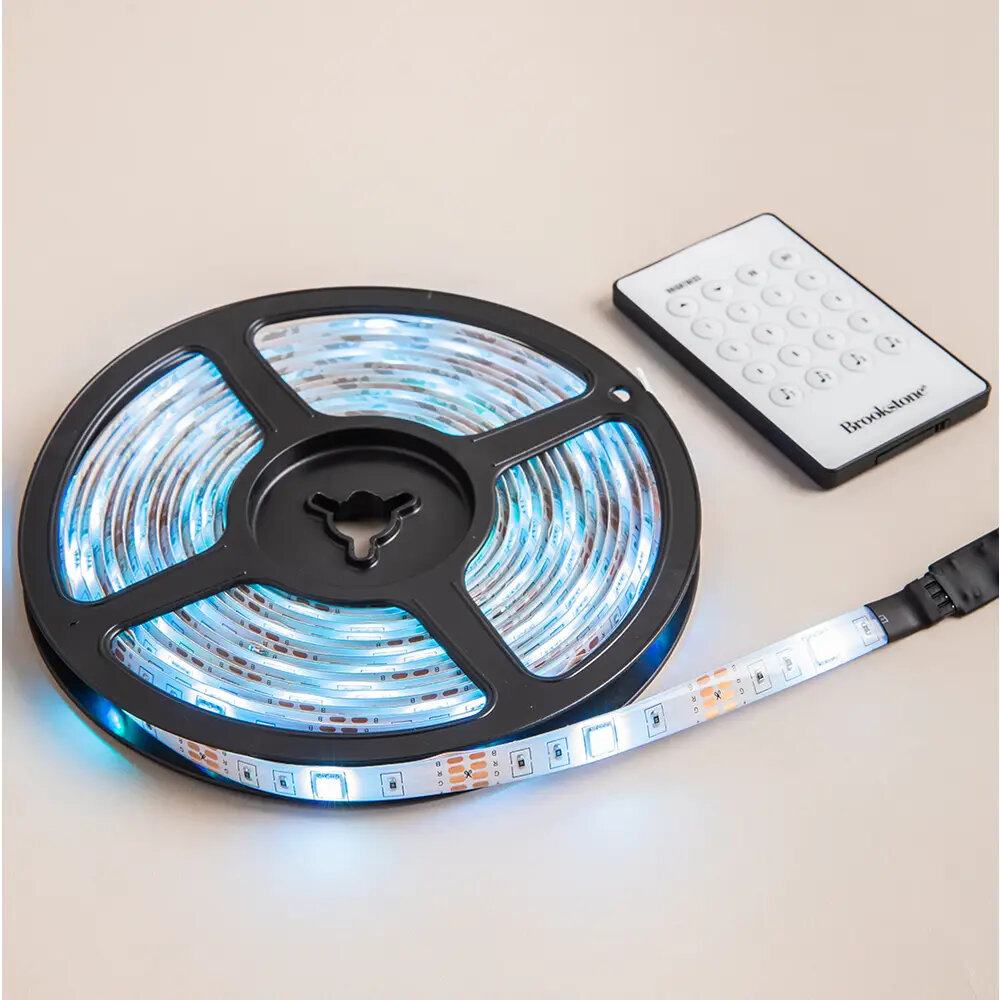
When it comes to calculating the amps for a 150-watt LED light, it’s important to understand the relationship between watts, volts, and amps. Wattage is a measure of the amount of power that a device consumes, volts refer to the electrical pressure that’s applied to the device, and amps measure the amount of electricity flowing through the device. To calculate the amps for a 150-watt LED light, you need to divide the wattage by the voltage. Assuming the voltage is 120V, the calculation would be 150/120 = 1.25 amps. Therefore, a 150-watt LED light would use 1.25 amps when operating at 120 volts. It’s worth noting that the amps required for a 150-watt LED light may vary depending on the voltage. For instance, if the voltage is higher than 120 volts, the amps required will be lower than 1.25. Conversely, if the voltage is lower than 120 volts, the amps required will be higher than 1.25. It’s important to check the voltage rating of the LED light and use the appropriate formula to calculate the amps. By doing so, you can ensure that you’re not overloading the circuit or causing damage to the LED light.
To calculate amps from watts and volts, you must use the formula: amps = watts ÷ volts. This formula allows you to determine the amount of current flowing through a circuit, given the amount of power being consumed and the voltage of the system. For example, if you have a 150-watt LED light that operates at 120 volts, you can calculate the amperage by dividing 150 watts by 120 volts, which equals 1.25 amps. Understanding this formula is essential for anyone working with electrical systems, as it enables them to calculate power consumption and ensure that circuits are not overloaded with excessive current, which could lead to damage or safety hazards.
Calculating the power consumption of a 150 watt LED light is a relatively straightforward process. First, convert the wattage to amps by dividing it by the voltage of the circuit it is connected to. For example, if the LED light is connected to a 120V circuit, the calculation would be 150/120, resulting in 1.25 amps. This calculation is important for determining the appropriate circuit breaker size and wire gauge for the installation. Additionally, understanding the power consumption of the LED light can help with energy efficiency and cost savings, as well as ensuring the safety and longevity of the electrical system. Overall, taking the time to calculate power consumption is an essential step in any electrical installation or upgrade.
There are various factors that can influence power consumption and amps, such as the type of device, its size, and its usage patterns. For instance, larger devices tend to consume more power than smaller ones, and devices that are used frequently tend to consume more power than those that are used less frequently. Additionally, the efficiency of the device and the quality of its components can also impact power consumption. For example, a device with high-quality components may consume less power than a similar device with lower quality components. Furthermore, environmental factors such as temperature and humidity can also affect power consumption, as devices may need to work harder to maintain optimal performance in adverse conditions. Overall, understanding the factors that can affect power consumption and amps is essential for ensuring efficient and effective device usage.
Why Does Amps Matter for LED Lights?
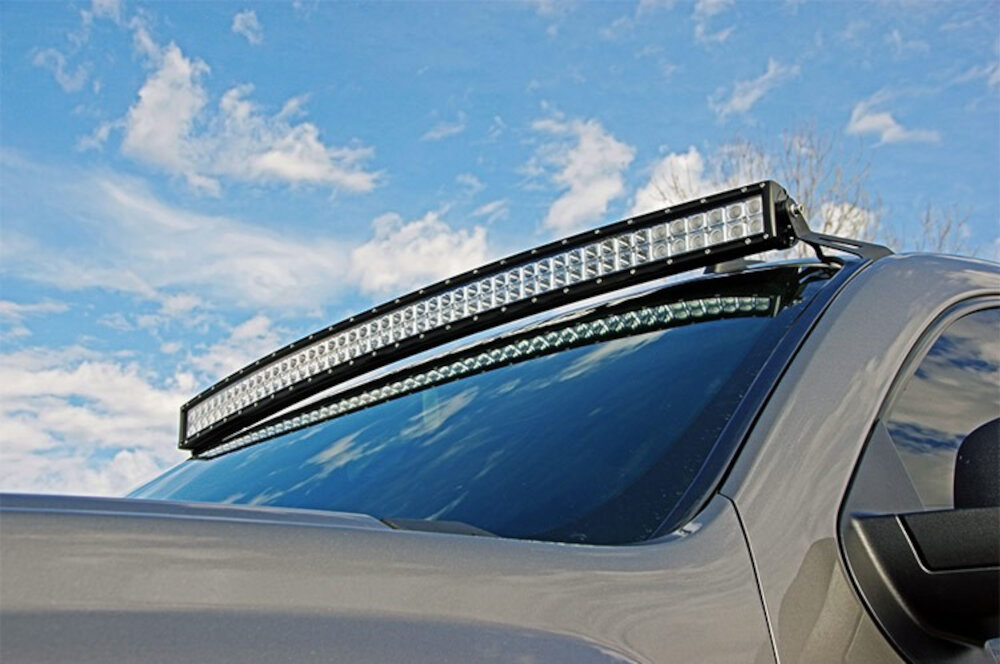
When it comes to LED lights, amps matter because they determine the amount of current flowing through the circuit. Current is the flow of electric charge, which is measured in amperes (amps). LED lights require a specific amount of current to function properly and efficiently. If the current is too high, it can damage the LED and shorten its lifespan. On the other hand, if the current is too low, the LED may not produce enough light or may not work at all. Therefore, it is important to know the amps required for a specific LED light to ensure it is powered correctly and safely. Additionally, knowing the amps required for LED lights is important for calculating power consumption. Power consumption is the amount of energy used by an electrical device over a period of time, which is measured in watts. By knowing the amps and voltage of an LED light, you can calculate its power consumption using Ohm’s Law. This is useful for determining the cost of running the LED light and for ensuring that the electrical circuit can handle the power requirements of the LED. Overall, understanding the relationship between amps, power consumption, and LED lights is crucial for efficient and safe use of these energy-efficient lighting options.
The relationship between amps and electrical safety is crucial to understand for anyone working with electrical appliances. Amps, or amperes, are a unit of electric current that measures the flow of electrons through a circuit. When dealing with high amperage, there is an increased risk of electrical shock or fire, making it important to ensure that the electrical system can handle the amount of current required for the appliance. In the case of the 150 Watt LED light, understanding the amount of amps it uses can help determine the appropriate wiring and circuit breakers needed to ensure proper electrical safety. By calculating the amps used by the LED light, you can ensure that the electrical system is equipped to handle the current and prevent any potential hazards.
When it comes to comparing electrical devices, there are a variety of factors to consider, such as their power consumption, energy efficiency, and overall performance. In comparison to traditional incandescent bulbs, LED lights are known for their lower power consumption and longer lifespan. Additionally, LED lights are more energy-efficient since they convert a higher percentage of their energy into visible light, whereas incandescent bulbs waste more energy in the form of heat. In comparison to other electrical devices like refrigerators or air conditioners, LED lights consume significantly less power, making them an ideal choice for households and businesses looking to reduce their energy bills and environmental impact. Overall, when it comes to power consumption and energy efficiency, LED lights are a highly favorable choice compared to many other electrical devices on the market.
Choosing the right amperage for LED lights is crucial in ensuring their optimal performance and longevity. The amperage specifies the electrical current required to power the light and is directly proportional to the wattage. Using an incorrect amperage can result in reduced brightness, flickering, and even permanent damage to the LED. Additionally, it can also cause the circuit to overload and potentially lead to a fire hazard. Therefore, it is essential to calculate the amperage accurately based on the wattage of the LED light and use the appropriate power supply to ensure safe and efficient operation.
In summary, calculating power consumption is essential when it comes to energy efficiency, especially with the increasing use of LED lights. To determine how many amps a 150-watt LED light uses, one needs to divide the wattage by the voltage. This calculation can be used to determine the power consumption and the cost of running the light. It is important to note that LED lights are more energy-efficient than traditional bulbs, and therefore, they consume less power. Additionally, using timers and dimmers can significantly reduce power consumption and save money on energy bills. Overall, being mindful of power consumption and taking steps to reduce it can benefit both the environment and one’s wallet.
Understanding power consumption and amps is crucial when it comes to LED lights. LED lights are known for their energy efficiency, but this doesn’t mean they don’t consume power. To ensure that your LED lights work efficiently, it’s important to know how much power they consume and how many amps they draw. This information is especially important when designing lighting systems for homes, commercial buildings, or outdoor spaces as it helps you determine the appropriate size of the power supply required for the lights to function optimally. By understanding power consumption and amps, you can save money and energy while also ensuring that your LED lights last longer.
As we have learned in this article, calculating power consumption is crucial for energy efficiency and electrical safety. By understanding the relationship between voltage, current, and power, we can make informed decisions about the electrical devices we use in our daily lives. It is essential to choose energy-efficient appliances and to use them wisely, as this can significantly reduce our electricity bills and our carbon footprint. Additionally, electrical safety is paramount, and we must always adhere to the necessary precautions and guidelines to avoid accidents and injuries. In conclusion, by being mindful of our power consumption and electrical safety, we can create a safer and more sustainable future for ourselves and generations to come.
Conclusion
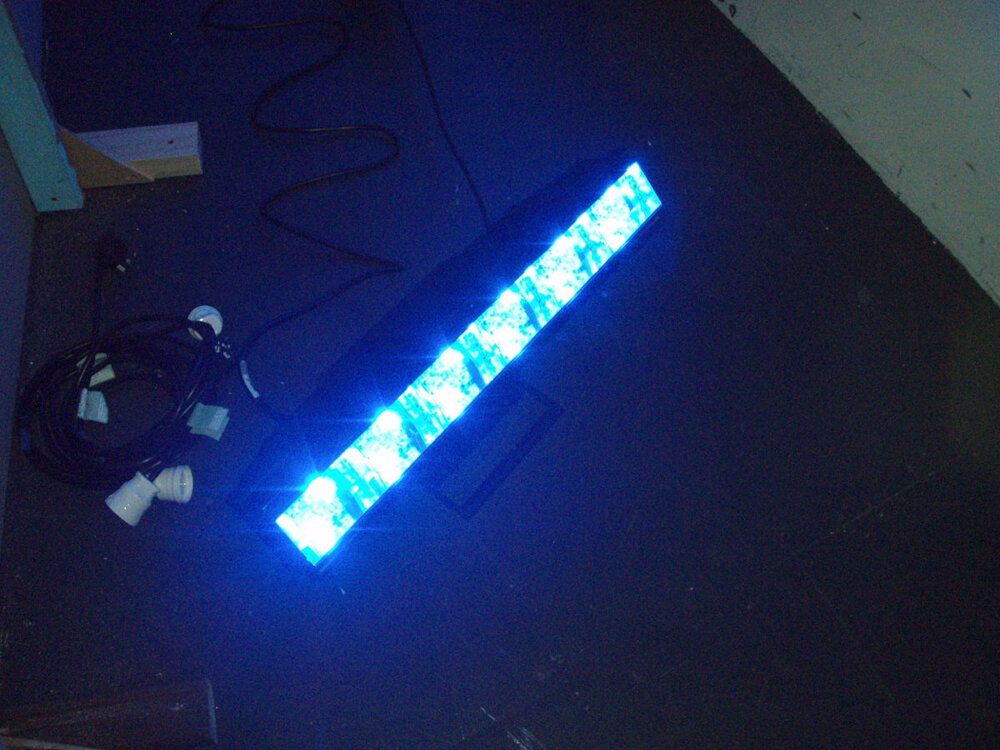
In conclusion, calculating power consumption is an essential aspect of managing energy usage and costs. When it comes to LED lights, the wattage and amperage are crucial factors to consider. A 150-watt LED light would typically use around 1.25 amps, but it’s always best to verify the specifications from the manufacturer. Additionally, it’s important to keep in mind that the actual power consumption may vary based on factors such as voltage and usage time. By understanding power consumption and making informed decisions, we can all play a role in reducing energy waste and contributing to a more sustainable future.


